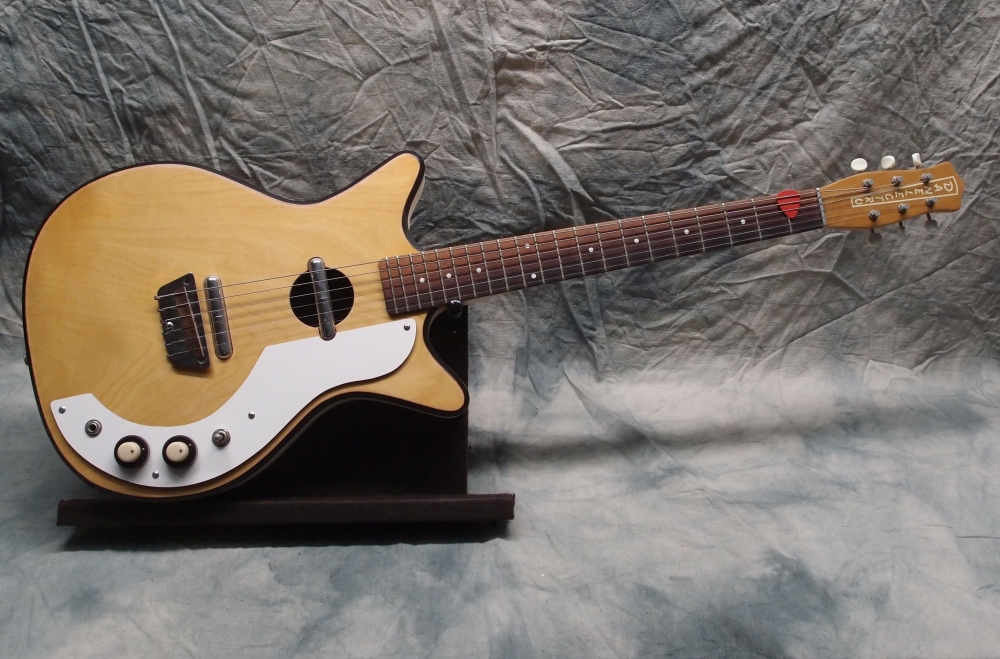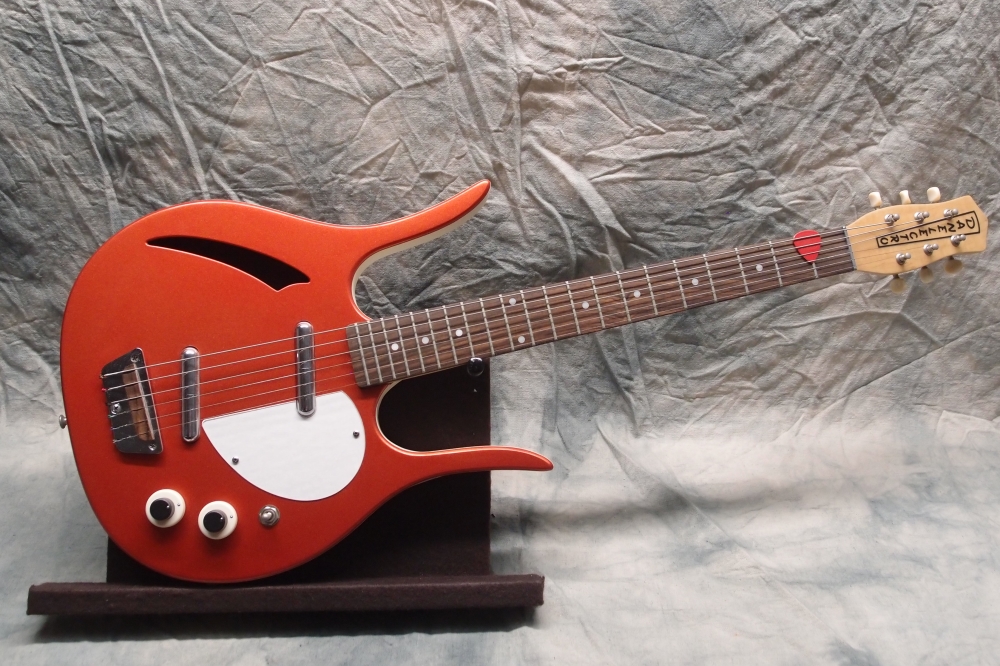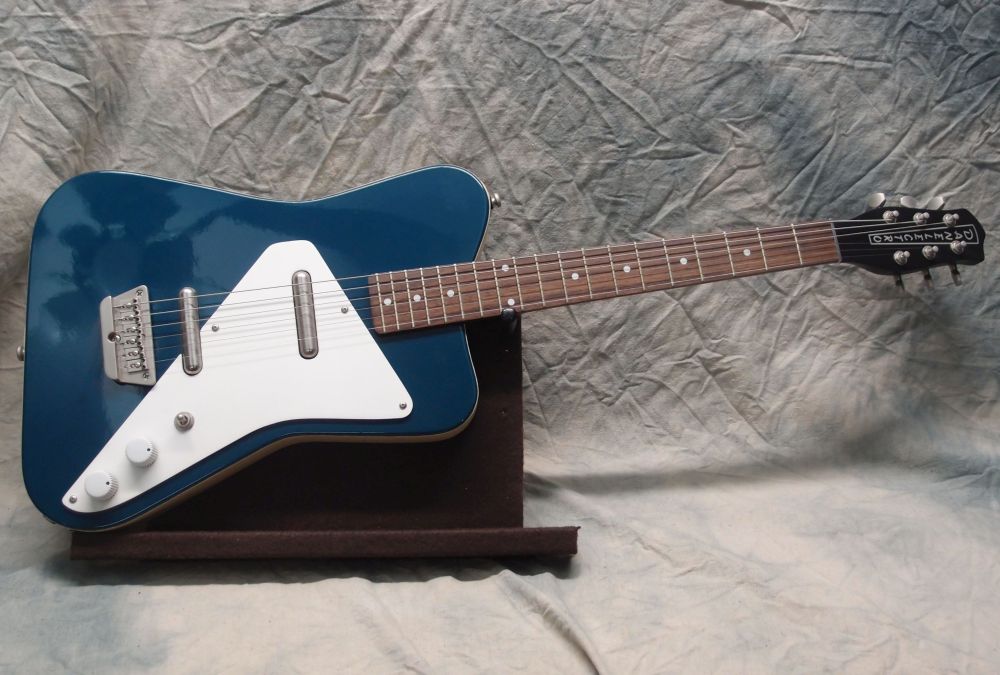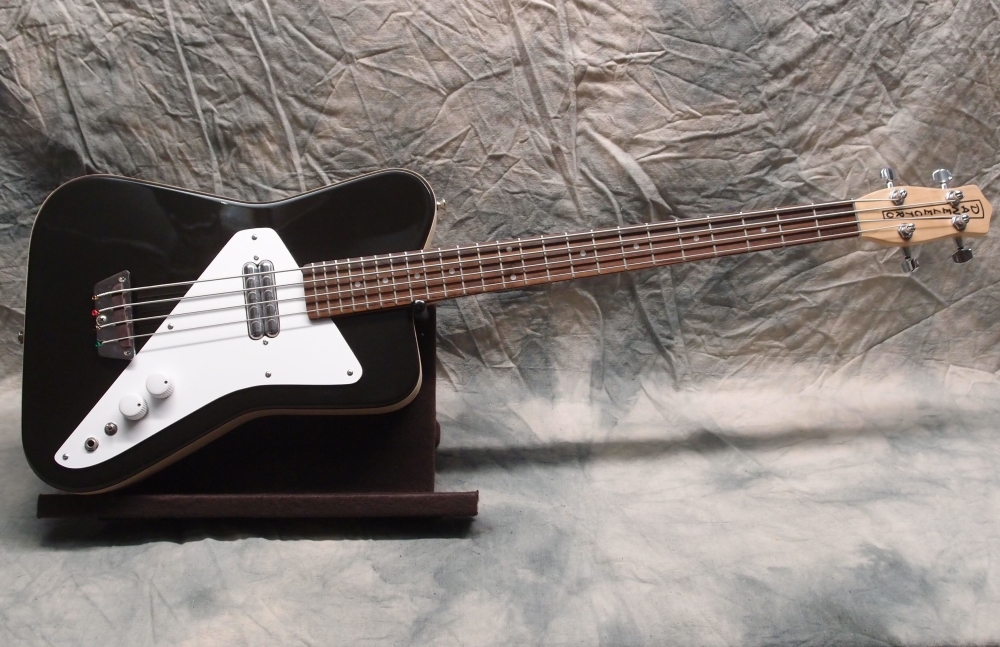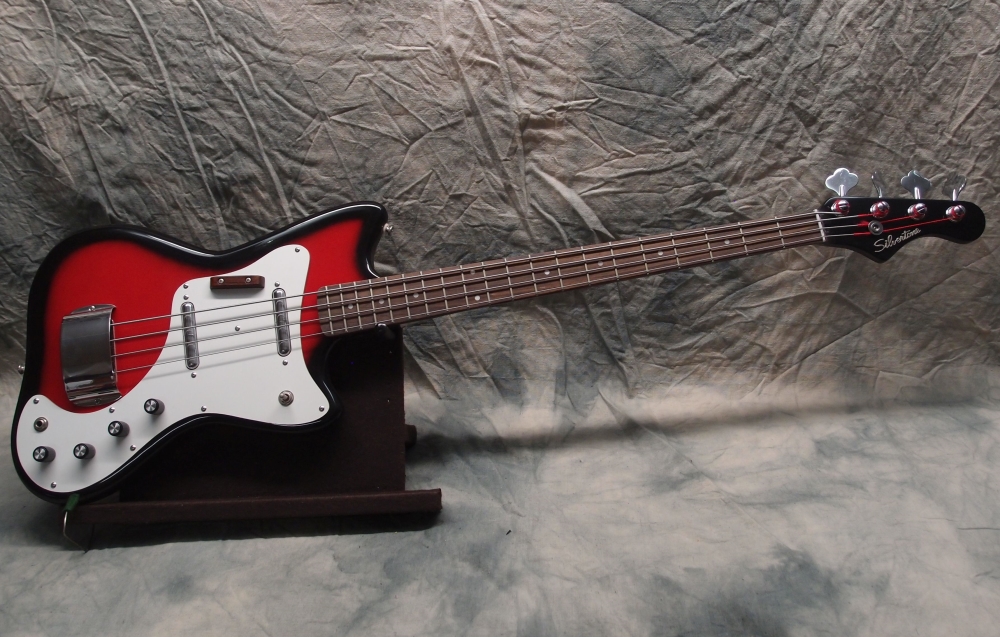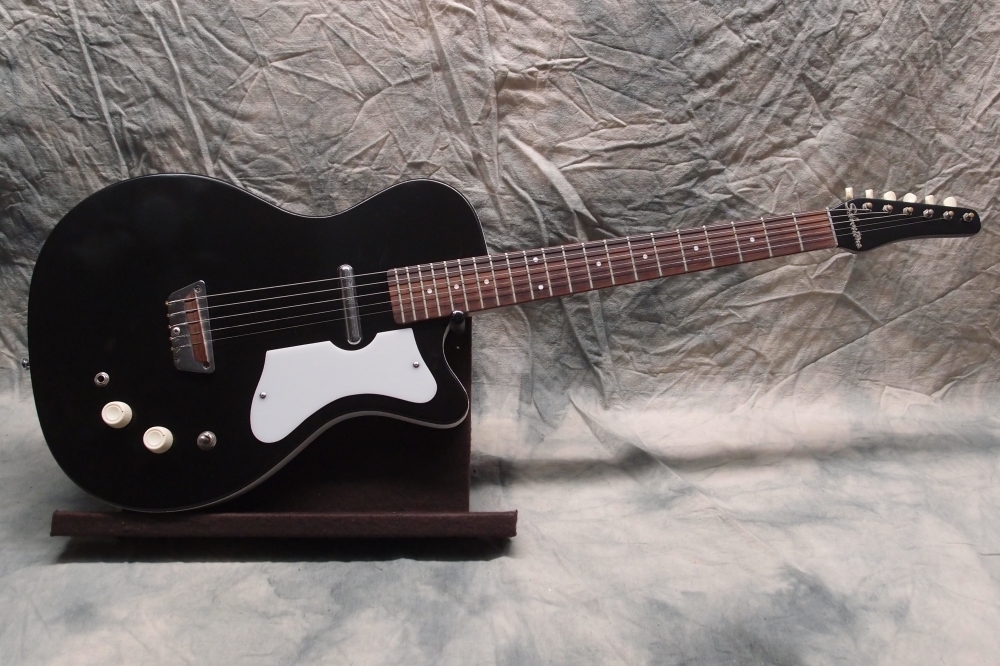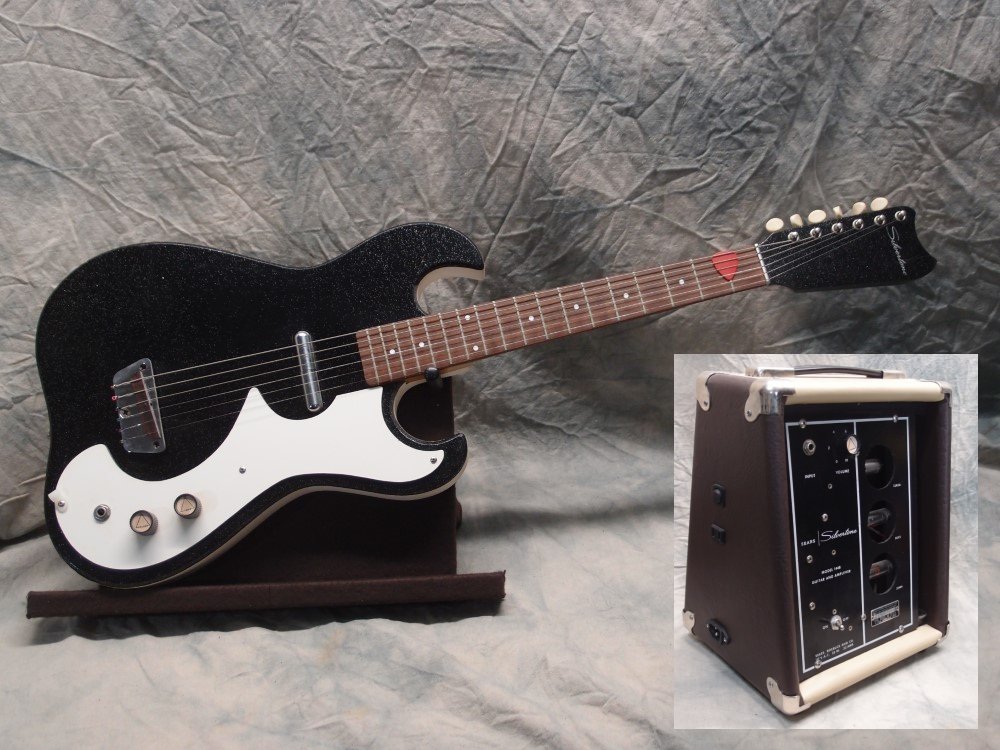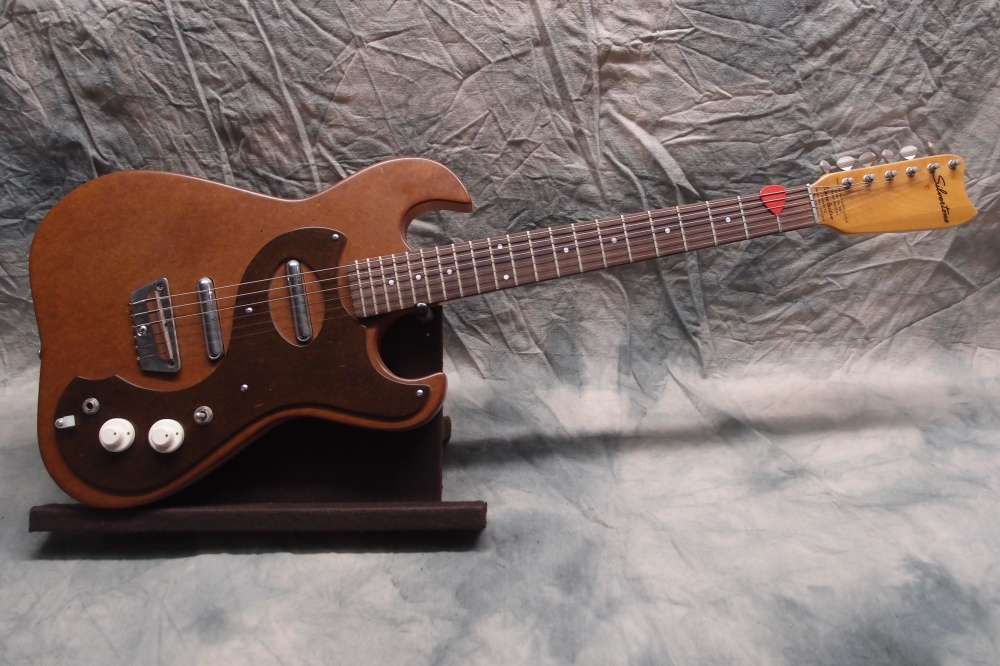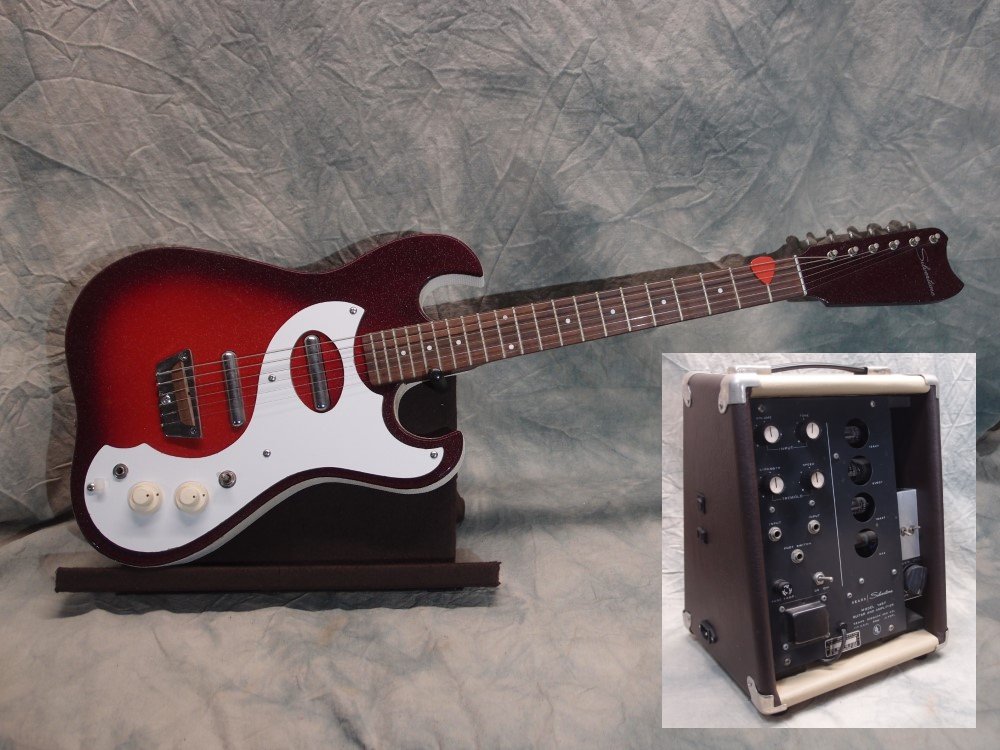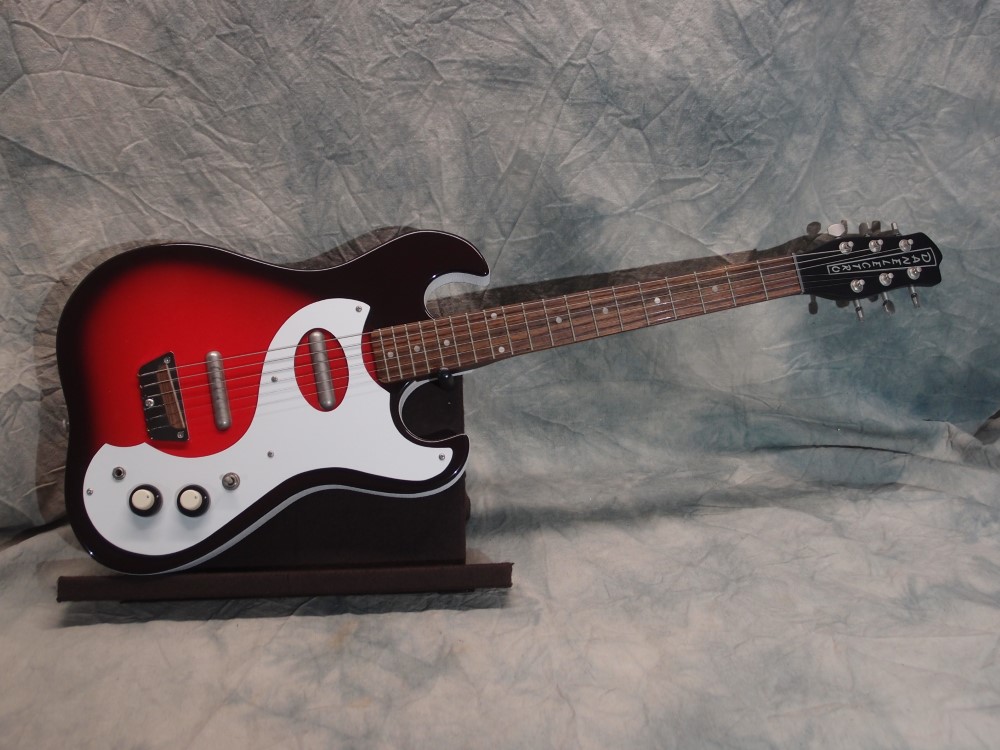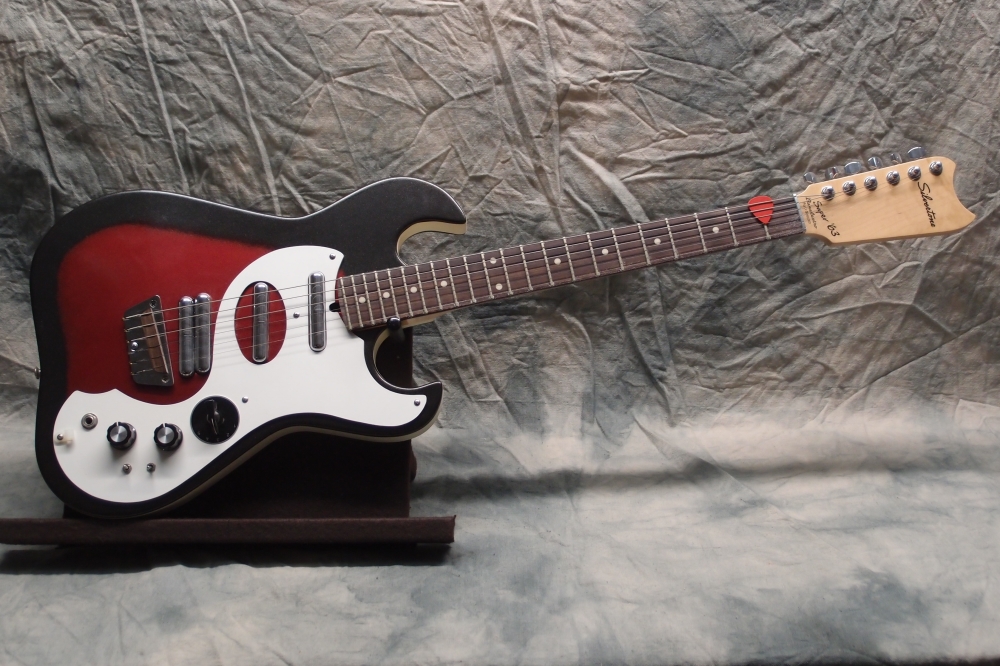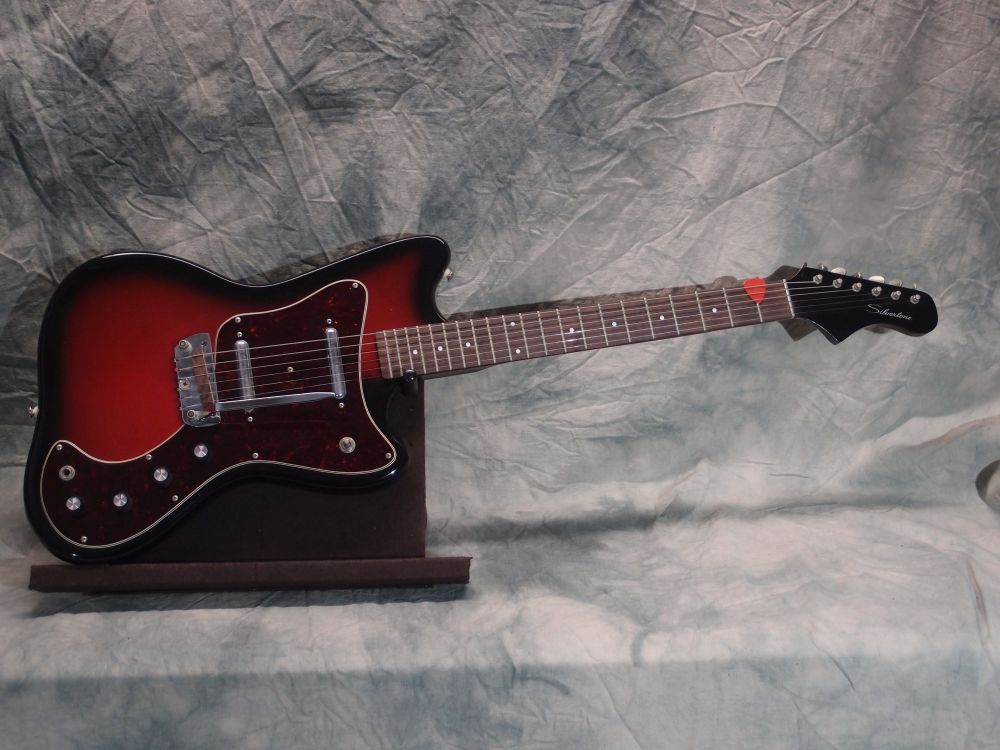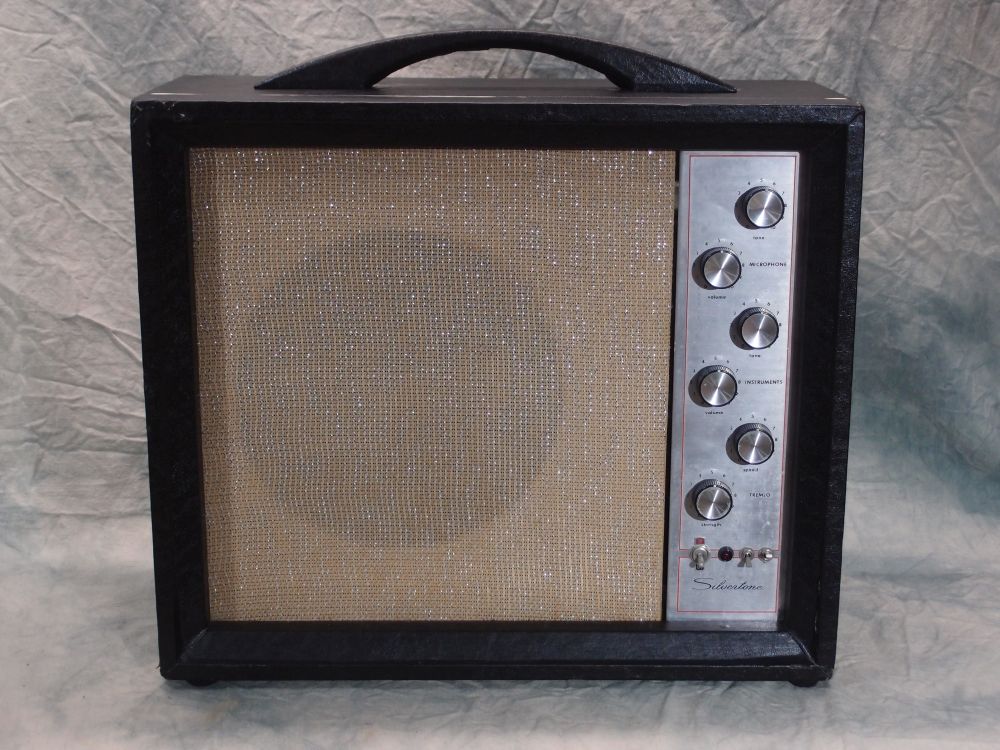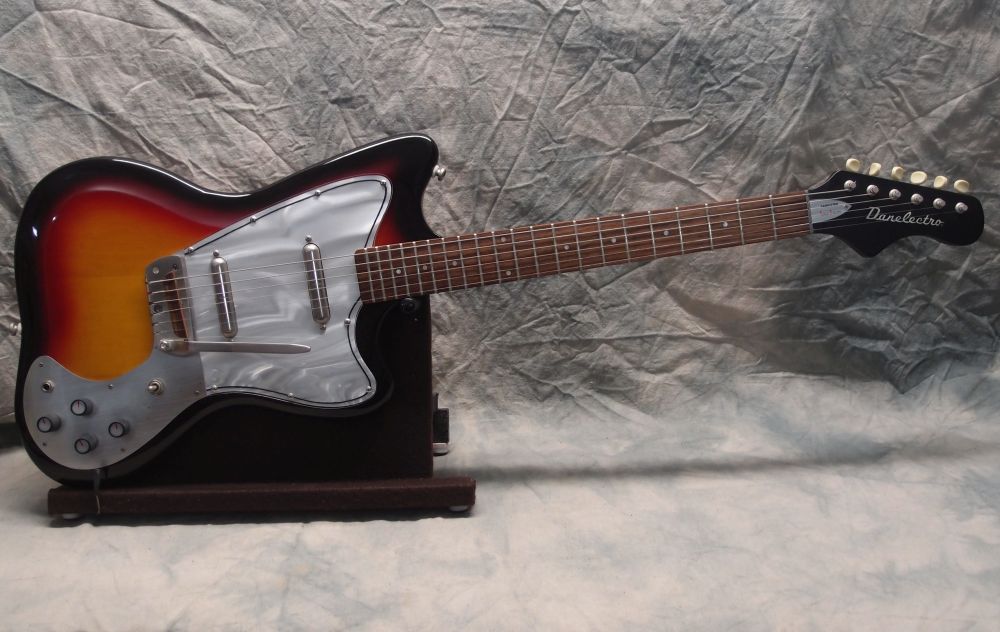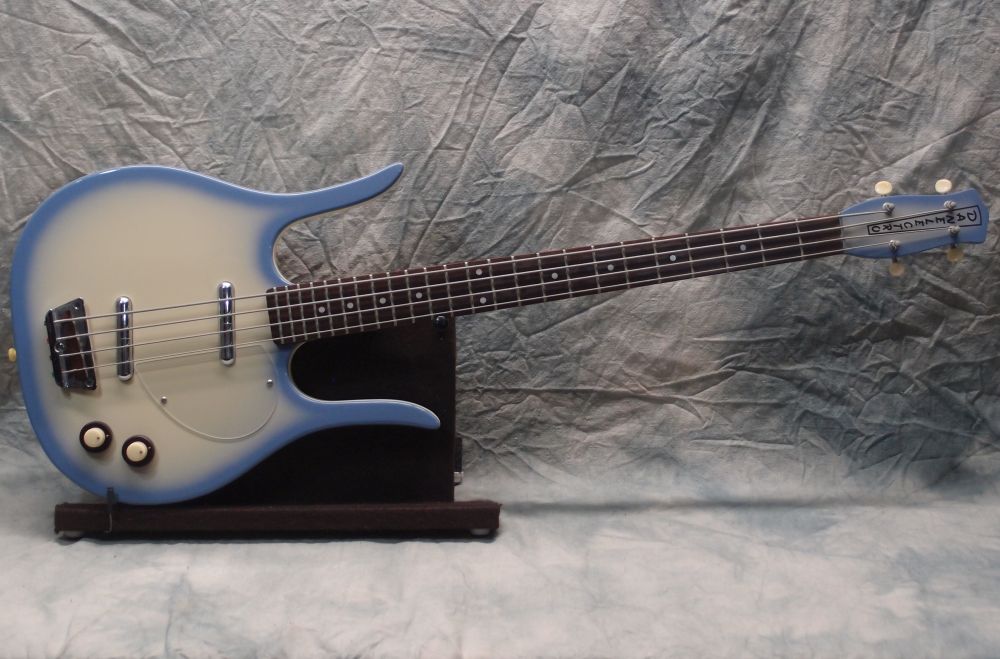Silvertone 1457 Guitar & Amp (3/5)
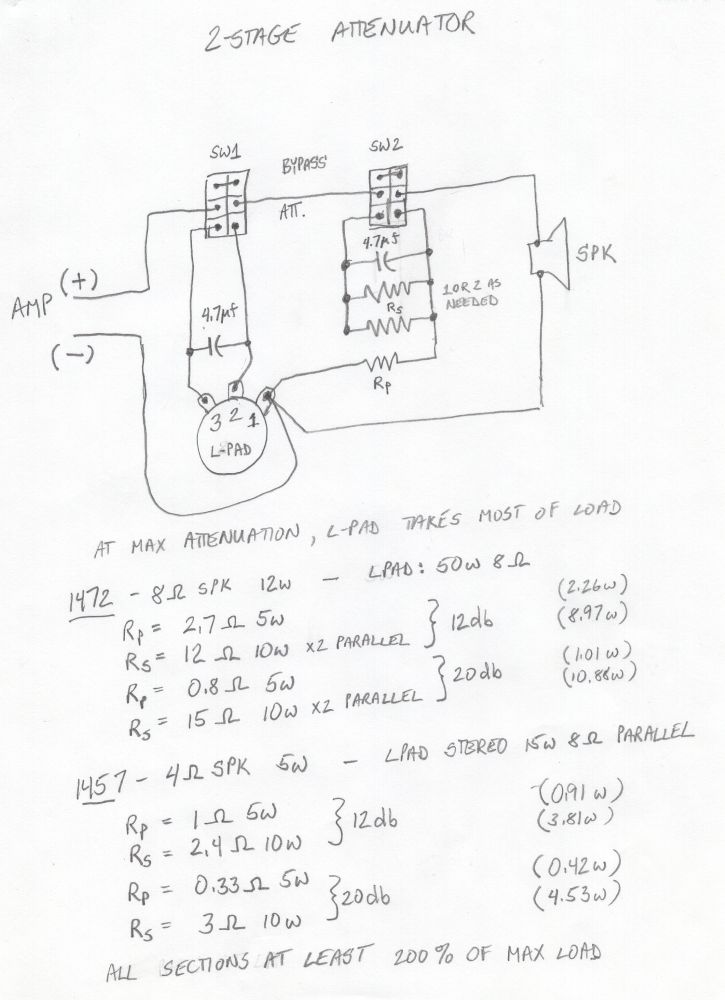
The LPad is the first stage and does most of the work, the fixed second stage can be switched in for even more quiet. The 50 watt LPad should be sufficient for at least a 20 watt amp. The capacitors suppress audible pops from the switches.
For the circuit above, the 1457 amp is nominally 5 watts at 4 ohms, while the 1472 is 10 watts at 8 ohms. The idea is to bleed off power while maintaining a constant impedance to the amp. This lets you get nice natural tube distortion without the neighbors calling the police. For these small amps, heat dissipation is not a problem.
Each circuit has two options for the fixed second stage, one for 12db and one for 20db - choose one. The values of the fixed resistors depend on the impedance of the speaker. For simplicity, just omit the second stage, it is not necessary, I was just experimenting.




